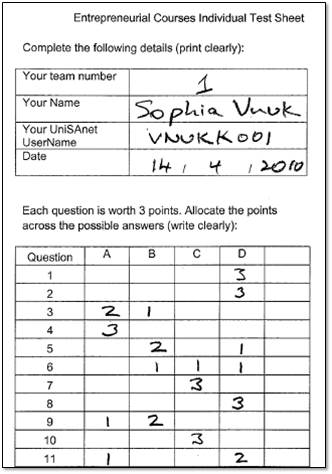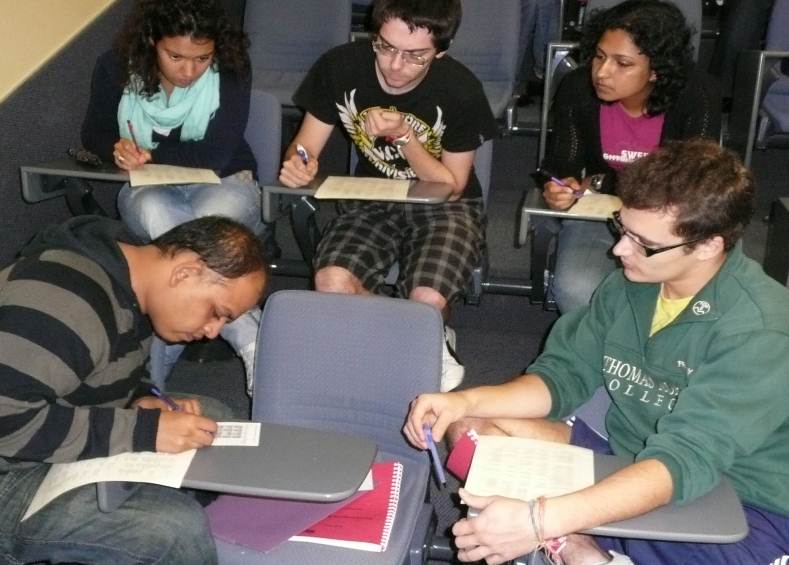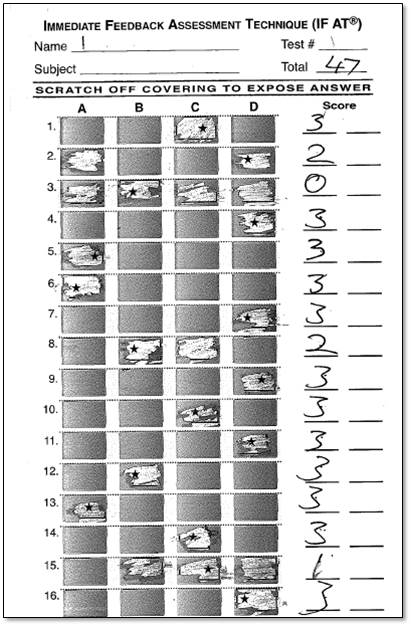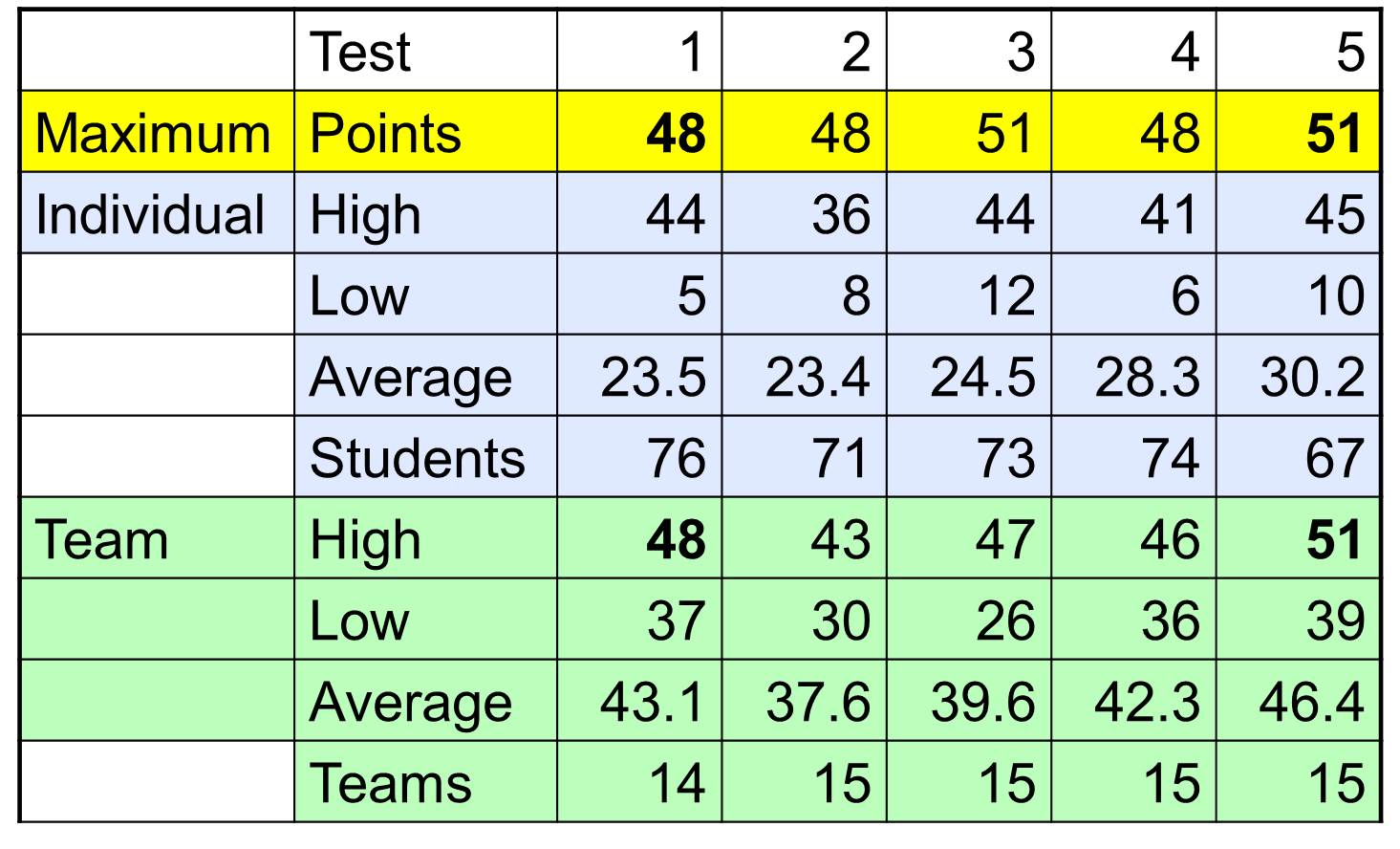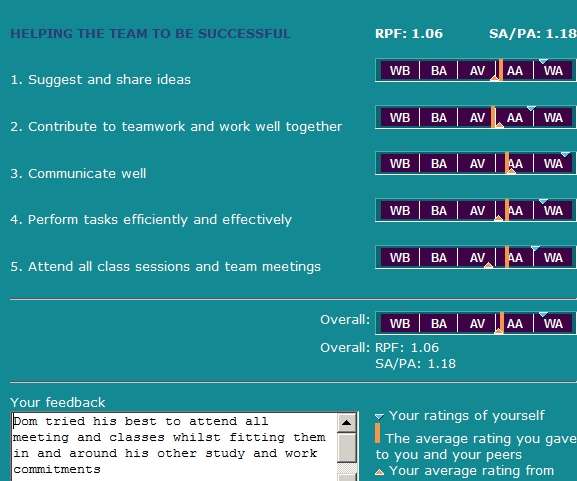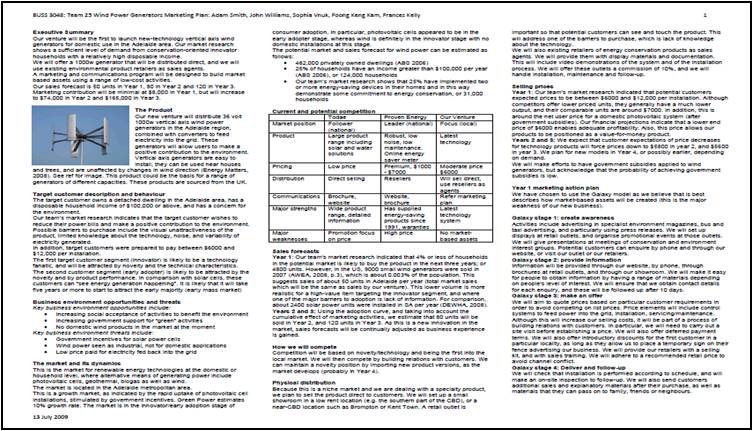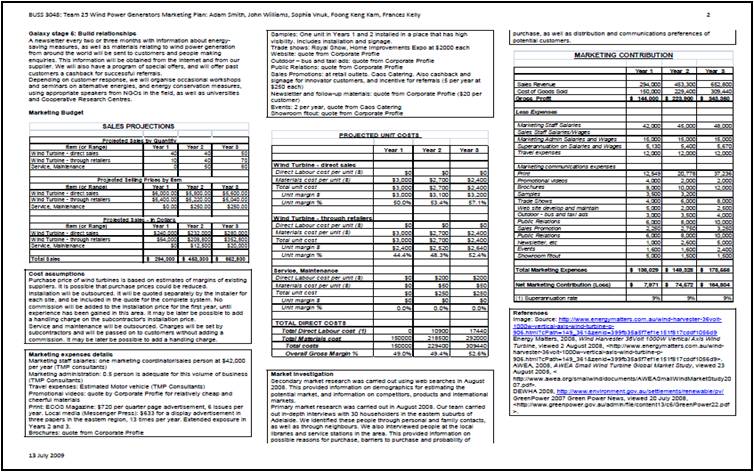Topic outline
-
Highlighted
What is Team-Based Learning? How is it implemented? What makes it work? Why do we use this method? Team-Based Learning and Flipped Learning Team-Based Learning (6:02) These courses at City West use the "Team-Based Learning" method developed by Professor Larry Michaelsen. This is a well-established method that Prof Michaelsen developed in the 1970s. It is used widely internationally, mainly in health education. It is soundly underpinned by theory and empirically-grounded practice, and there is a significant body of literature supporting its effectiveness. The Team-Based Learning Collaborative (TBLC) provides a rich source of information on this method, and organises an annual conference.
This is a structured approach for collaborative learning, where students learn material in advance of a teaching session. At the start of the session, they take a multiple-choice test on the prescribed content, then follow this by completing the same multiple-choice test as a team, using "scratch and win" cards to provide immediate feedback.
This creates a motivational framework in which students build team interactions and their understanding of other team members, resulting in more productive teamwork. The multiple-choice tests are supported by a number of other activities to build productive teams. This process also helps to develop good listening skills (see below).
This was the first application of this method in entrepreneurship education in Australia, and the second internationally in this field.
Dr Balan and Professor Michaelsen at the Team-Based Learning Collaborative Conference, March 2018
How is this method implemented?
There are four major components to the the implementation of Team-Based Learning in selected undergraduate entrepreneurship courses. Each of these helps students to develop teamwork skills, and these components work together to help to build a good teamwork and learning culture.
1. Multiple Choice Tests
The foundation of the Team-Based Learning method is a series of multiple-choice tests. The idea is that you learn course materials that are going to be covered in a particular session. You are tested (using a multiple choice test) before the session, and not after. The rationale is that you first learn the materials, and have your learning confirmed through the testing process.
What makes this process work is that, at the start of a class, you first do your individual test using an individual answer sheet (for larger class sizes this would be a machine-readable card).
You then do the test (with the same questions) in your team, using a "scratchie-type" team answer card that shows the correct answer. This gives you and your team immediate feedback, so that you learn very quickly how each team member contributes to your team getting the correct answer for a question. This activity is a very powerful way to develop positive teamwork dynamics.
When teams have finished, the questions are reviewed in the whole group. This means that the lecture becomes a class discussion of points that might have not been well understood. This discussion replaces the normal lecture session. This process is repeated a number of times during the delivery of these courses.
The multiple-choice tests together make up the first assignment for each of these courses. Your own mark is calculated as a combination of your individual test points, and your team test points (over all of the tests for the course). Because the test results rely on your contribution to the team effort, as well as your own effort, it is not possible to have deferred tests.
The results for one class show clearly that the team does better than the best individual, that teams do well overall with a small range in team results. This demonstrates the value of collaborative learning.
2. Team classroom exercises
During the lecture/seminar sessions, students carry out classroom exercises in their teams to clarify course content, and to work on their team project. These exercises reinforce the dynamics created in the multiple-choice test process.
3. Team member feedback to improved teamwork skills
Students are given the chance to provide constructive feedback to their team members on their contribution to the way that the team runs, and suggestions on how they can improve. Anonymous feedback can be done in a number of ways; in these courses we use SparkPlus software three times during a course delivery to give students the chance to help their team develop.
4. Poster Plans for immediate feedback on major team assessments
Teams prepare their major report as a Poster Plan (consisting of two A-3 pages) that is presented at a review session where, in their teams, students comment on the work that other teams have done and receive feedback from others. This exercise reinforces the teamwork culture that students have developed during this course.
What makes it work?
Team-Based Learning gets results by engaging students with the course. This is done by combining individual work with small group discussion and discussion in the whole class, and by maintaining team membership for the duration of the course.
Firstly, it promotes ongoing individual accountability, as students need to prepare for their class tests and attend each class, as the tests count towards assessment. It also promotes team accountability as the team has to produce specific answers to the class tests, to the exercises, and to the project. It also helps to develop good listening skills - you may find it useful to listen to an ABC program that focused on "how to be a leader who listens".
Secondly, students do work in teams that meet the following specifications:
- they work on significant problems that relate directly to the course and to the project
- individuals and teams work on the same problem, case or question
- individuals and teams use course knowledge to make specific choices and decisions, and
- In most cases, individuals and teams report their choices and decisions simultaneously
In particular, teams are maintained for the duration of the whole course, as research shows that it takes more than 20 hours for productive team development to occur through the process of "forming, norming, storming and performing".
Why do we use Team-Based Learning in entrepreneurship courses?
The Team-Based Learning approach has been implemented in many universities, and in many fields of study. A great deal of evaluation has shown that this method results in improved student learning.
Entrepreneurship courses are particularly challenging because they require the integration of a great deal of information as well as knowledge about different aspects of management. This means that a successful outcome (in terms of a professional project report) requires contributions from a range of different perspectives that can be provided by the members of the project team. In other words, successful entrepreneurship needs good teamwork.
This is reflected in practice, where research has shown that venture capital financiers place more value on the quality of the entrepreneurial team, and its ability to work together to build and manage a strong business, than on the quality of the business idea.
In addition, this is a method that is demonstrated to improve student learning and produce a better course outcome. Student feedback shows that this team-based learning approach results in greater student engagement and satisfaction, and improved learning outcomes.
In particular, the Team-Based Learning test results (as shown below for one of our classes) demonstrate clearly that the team consistently gets better results than the individuals in the team.
How does Team-Based Learning compare with the "Flipped Classroom"?
The "flipped classroom" teaching method has become fashionable over the last couple of years. Here is my overview of key features and benefits of the two methods:
Team-Based Learning (TBL)
Flipped Classroom
Overview information:Vanderbilt University (US) website
Detailed information: Flipped Learning Network
Detailed information: Team-Based Learning Collaborative (TBLC)
Developed in the 1970s
Developed in the early 2000's
Students learn before the class; using designated materials, eg texts, videos, YouTube, Coursera, readings/papers
As for TBL
Tests at the start of a class count for assessment (tests can be carried out under exam conditions)
Provide an incentive for students to prepare; online quizzes, worksheets, short assignments, grading for completion
The Readiness Assurance Process (RAP) includes individual tests followed by team tests that clarify and reinforce student learning through discussion and negotiation.
The "scratch-it" cards give teams immediate feedback whether they are right or not.
Provide a mechanism to assess student understanding; pre-class online quizzes, pre-class worksheets, pre-class writing assignments, in-class activities (clicker questions or debates)
In-class activities build on learned content. These activities are designed using the "4-S" principles (using Significant problems where all student teams work on the Same problem, make Specific choices and report their choices Simultaneously)
Provide in-class activities that focus on higher level cognitive activities; debates, data analysis, synthesis activities. Class time is used to deepen understanding and increase skills in using new knowledge
Team contribution feedback to give team members information on how to improve team effectiveness - and hence team learning
Recognised as a method for building effective learning teams
A considerable body of literature demonstrating that this method improves learning outcomes
Methods and tools have been developed to deliver TBL effectively online as well as in the classroom. These are well documented and are readily available.
There is a substantial international network of TBL practitioners who are members of the Team-Based Learning Collaborative. The website includes videos and other information relating to TBL. The TBLC accredits instructors and mentors internationally. This group organises a valuable annual conference, and supports research into aspects of TBL. The website also includes a bibliography of research papers addressing TBL.
Some TBL References:
Michaelsen, LK, Parmalee, DX, McMahon, KK & Levine, RE (eds) 2008, Team-Based Learning for Health Professions Education, Stylus Publishing LLC, Sterling, VA.
Michaelsen, LK & Sweet, M 2008, 'The Essential Elements of Team-Based Learning', New Directions for Teaching and Learning, vol. 2008, no. 116, Winter 2008, pp. 7-27.
Michaelsen, LK, Sweet, M & Parmalee, DX (eds) 2008, Team-Based Learning: Small-Group Learning's Next Big Step, Jossey-Bass, San Francisco, CA.
Sweet, M & Michaelsen, LK (eds) 2012, Team-Based Learning in the Social Sciences and Humanities, Stylus Publishing LLC, Sterling, VA.
Sisk, RJ 2011, 'Team-Based Learning: Systematic Research Review', Journal of Nursing Education, vol. 50, no. 12, Dec 2011, pp. 665-669.

